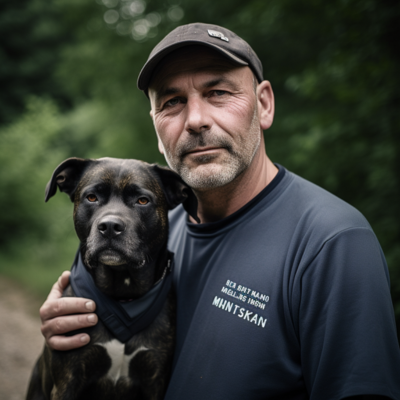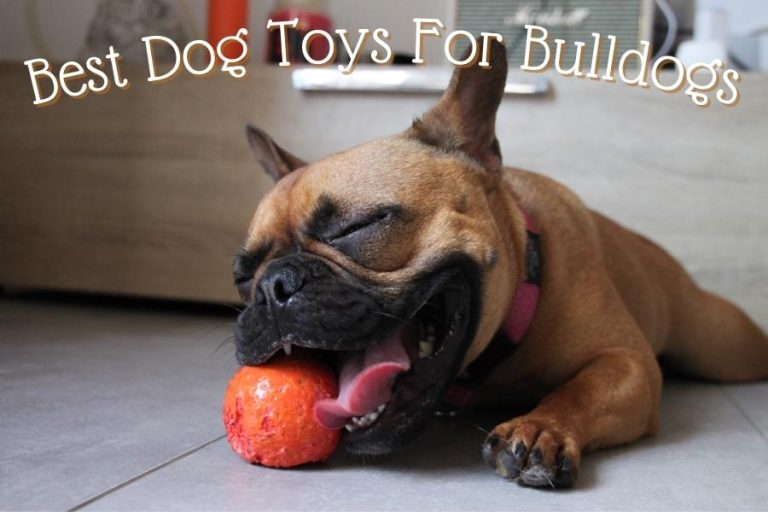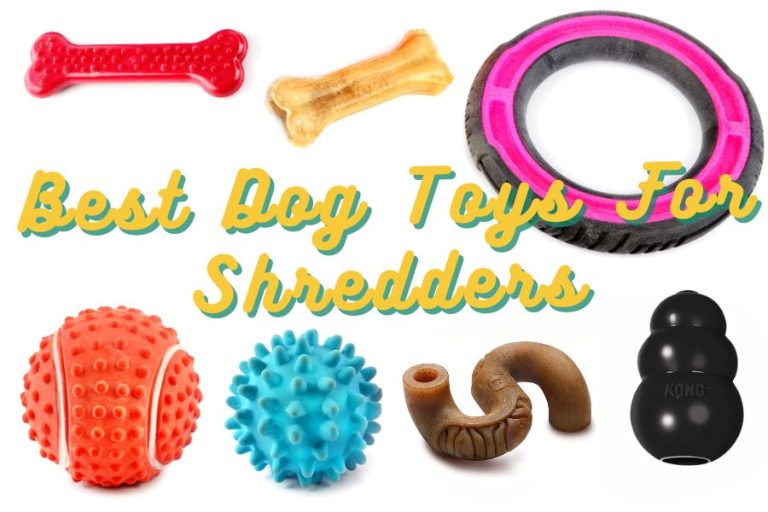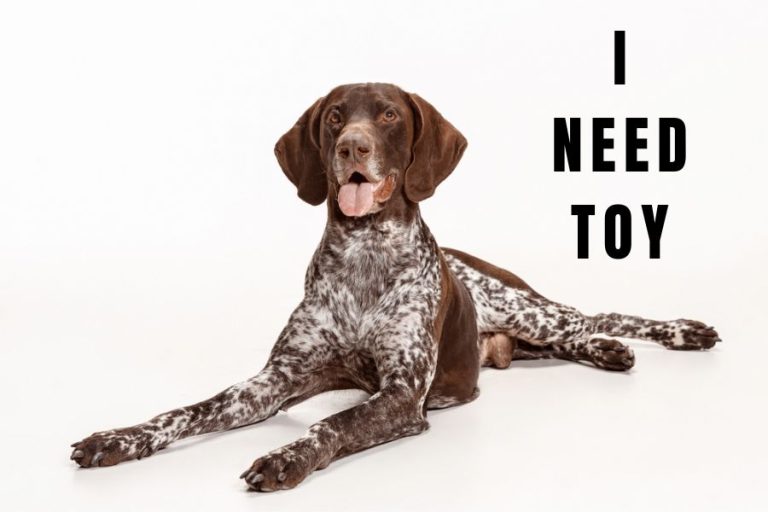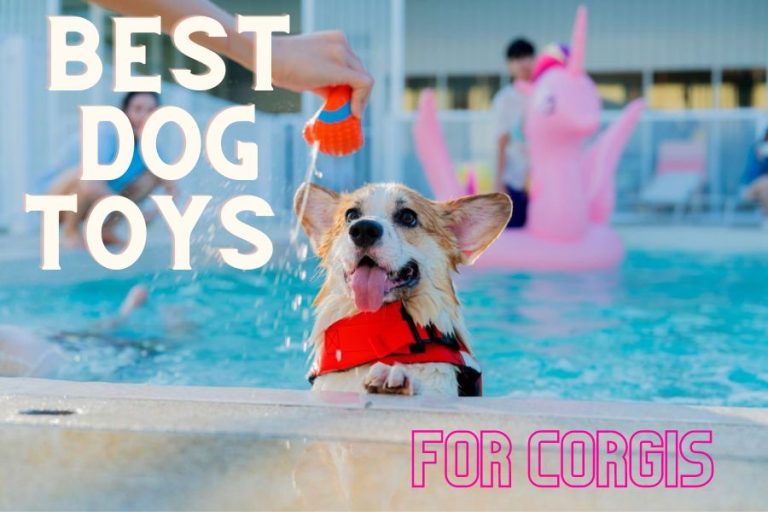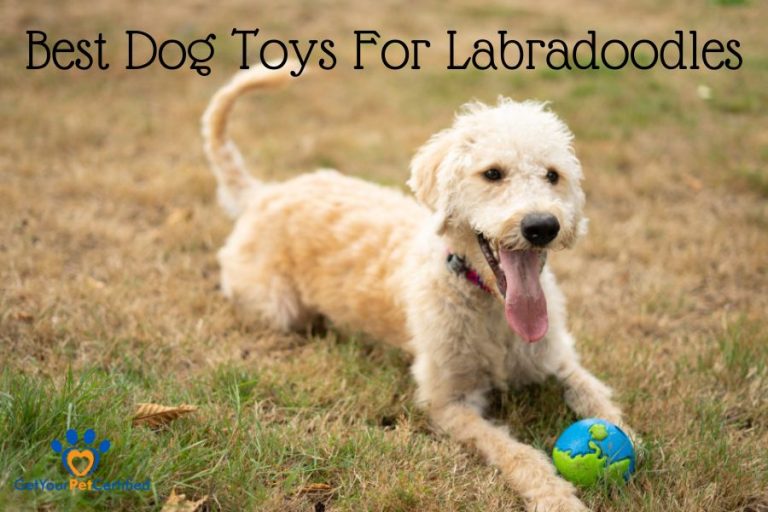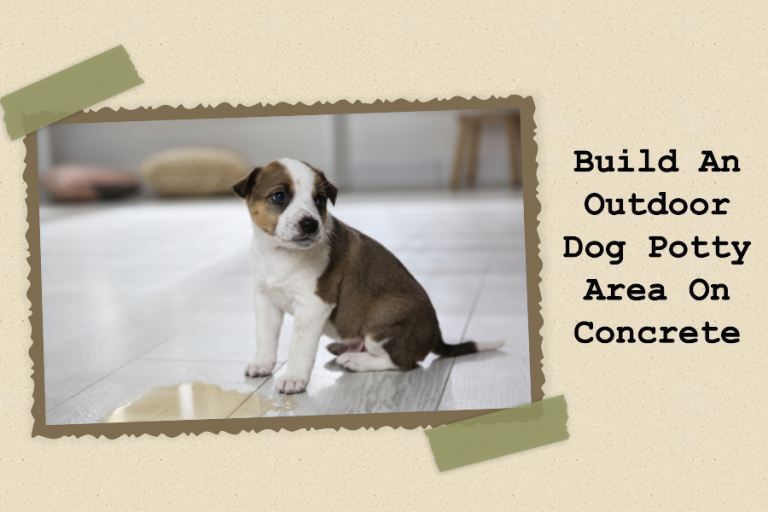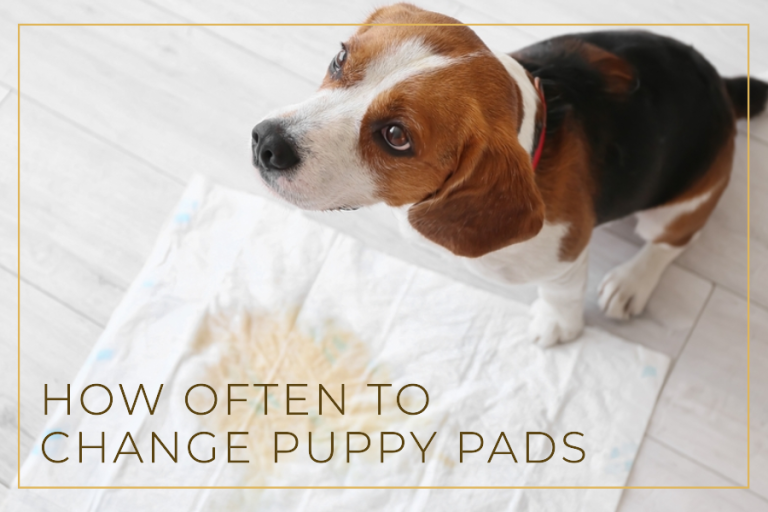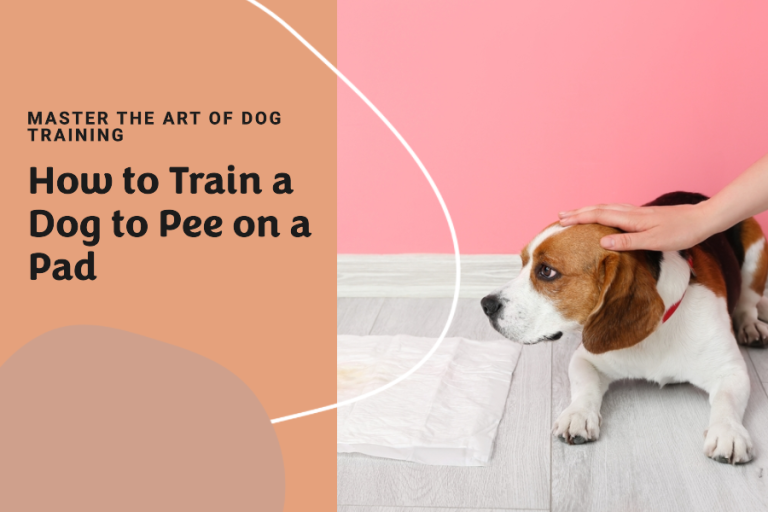Why Is My Dog So Hyper and Aggressive?
It’s a common question among dog owners: Why is my dog so hyper and aggressive? Pet owners may feel concerned and frustrated when they have a hyperactive and aggressive dog. Dealing with a hyperactive and aggressive dog can be challenging, but it’s important to understand the underlying causes.
In this article, we will explore the physical, psychological, and environmental aspects and list some practical tips to help you address the issue.

Explain Term : Hyper in Dogs
Hyper behavior becomes problematic when it interferes with their ability to relax, focus, or respond to commands. Dogs with hyperactivity have excessive and overactive actions and an inability to stay calm or focused. This issue includes excessive jumping, running, barking, pacing, or engaging in repetitive behaviors.
In many cases, hyper behavior in dogs is a result of hidden health issues that need to be taken care of through proper care and attention.
How to tell if your dog is hyperactive and aggressive
We have done research and found some common indicators to help you determine. To see if your dog is displaying hyperactive and aggressive tendencies:
- Destructive behavior: growling, snarling, snapping, biting surrounding things around the house.
- Difficulty following instructions: an inability to socialize well with other dogs or humans. They may struggle with maintaining attention and have difficulty focusing on commands or tasks.
- Excessive Energy: their energy that seems never-ending like intense jumping or mouthing behavior.

Reasons That Sometimes Lead To Hyperactive
Let’s identify the underlying cause of hyperactivity in dogs:
Breed and Genetics
It’s important to know what your dog’s breed is like and give them the right ways to use their energy. Some dog types are just more active than others. Breeds with high energy and a need for mental and physical stimulation are Jack Russell Terriers, Border Collies, and Australian Shepherds.
Insufficient Mental Stimulation
Toys can provide mental stimulation to prevent boredom and channel their energy appropriately. Without interactive toys, training sessions, puzzles, or playtime, dogs may become hyperactive .
Confusing training methods can lead to anxiety and stress in dogs. Lack of socialization can also result in anxiety or overexcitement. Especially when encountering new people, animals, or environments.
Environmental Factors
Environmental factors such as a stressful or chaotic living environment or frequent changes in routine can contribute to hyperactivity in dogs.
Lack of Physical Exercise
Dogs require regular exercise to burn off their energy and stay mentally stimulated. Lack of exercise or opportunities for physical activity can result in hyperactive behavior.

The Risks Of an Aggressive and Hyper Dog
An aggressive and hyper dog can potentially pose risks to themselves and others.
- Injury to humans: especially children (who are unable to protect themselves). Dogs can unintentionally injure humans through biting, scratching, or other aggressive behaviour.
- Injury to other animals or themselves: behaviors such as lunging, biting, or jumping, which can result in physical injuries to themselves or other animals.
- Damaged Property: their excessive energy and lack of control can lead to damage to furniture and household items.
- Limited Socialization Opportunities: Dogs that exhibit hyperactive or aggressive behavior may struggle to socialize with other animals or people. Leading to reduced quality of life.
What Should You Do If Your Dog Is Hyper?
Suggested Schedule
We can help you develop a tailored approach to address their needs:
| Activity | Description | Duration | Frequency |
| Physical Exercise | Engage in activities that burn off excess energy | 30-60 minutes | Daily or multiple times |
| Mental Stimulation | Provide activities that challenge their mind | 15-30 minutes | Daily or multiple times |
| Structured Training | Implement obedience training to establish boundaries | 10-15 minutes | Daily or several times |
| Interactive Play | Engage in interactive games and toys with your dog | 15-30 minutes | Daily or multiple times |
| Enrichment Toys | Provide puzzle toys or treat-dispensing toys | Varies | Daily or as needed |
| Controlled Socialization | Gradually expose your dog to controlled social situations | Varies | Regularly, as appropriate |
| Relaxation Exercises | Teach relaxation techniques like settle or calming cues | 5-10 minutes | Daily or as needed |
| Consistent Routine | Establish a structured daily routine for your dog | N/A | Daily |
Read more : Best Dog toys for Hyper Dogs
Reward for Calm Behavior
Using food treats as a reward works particularly well for dogs, they find enjoyable or valuable.
- Verbal Praise: Saying “Good boy/girl!” or “Well done!” when your dog is exhibiting calm behavior is one of the best ways to encourage dogs behaviors. Dogs respond well to the sound of their owner’s voice and positive reinforcement.
- Treats: Use low-calorie, tasty treats as rewards for calm behavior and praise them simultaneously. This action can gradually increase the duration of calmness.
- Petting and Affection: Dogs often enjoy physical affection, such as gentle petting or a belly rub. Offer calm dogs attention and affection as a reward and strengthening the bond between you.
- Quiet Space or Rest Area: Create their own quiet space or comfortable resting area. Reward their calm behavior by allowing them access to this peaceful spot where they can relax.
- Playtime or Walks: Once your dog has displayed calm behavior, initiate a play session or take them for a walk as a reward. Enjoyable activities and helps them release any remaining energy in a positive manner.
Consider the Food
Studies have drawn loose correlations between hyperactivity and certain dog food ingredients:
- Artificial Additives: Artificial food colorings, preservatives (such as BHA, BHT), and flavor enhancers (such as MSG) have been linked to hyperactivity in some studies. These additives are often found in processed dog foods.
- High Levels of Sugar: Dogs may be more hyperactive if they eat a lot of sugar or simple carbs. Rapid spikes in blood sugar levels can affect behavior and energy levels.
- Allergenic Ingredients: Certain ingredients, like corn, wheat, soy, or dairy may cause allergies and lead to stomach pain or inflammation in dogs, which can show up as hyperactivity.
- High Protein Content: Protein is an important ingredient for dogs, but a diet that is too high in protein. Especially if it comes from low-quality sources, may make some dogs more restless or hyperactive.
It’s important to note that individual dogs may respond differently to certain ingredients and assess your dog’s specific dietary needs.
Find Out : How do you calm a hyper dog?

